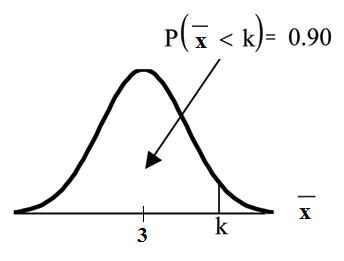Distributed versus consolidated project contingencies
Distributed contingencies are normal in most aspects of project management but often result in sub-optimal use of resources. Typical examples include allowing some safety margin in each critical path method (CPM) duration estimate, for example setting the durations at an 80% probability, allowing contingencies on a project by project basis for risk, setting budgets with a 90% confidence limit and so on.
A better approach may be to build one contingency, similar to the way Critical Chain accumulates all of the ‘safety margin’ needed for the activities in a ‘chain’ into one buffer at the end. Let’s look at a simple budgeting exercise.
You have 10 teams working on your project and they all estimate completing their section of the work for between $8,000 and $12,000 with the expected average of $10,000 per team. As the project manager, you can aggregate these estimates to arrive at a project budget of $100,000—as I said, this is a simple example.
However, your team leaders are unlikely to submit an estimate that only has a 50% chance of being achieved, so let’s assume we use the 90% probability benchmark common in oil and gas projects.
To come to a 90% probability of being achieved, each team’s estimate will need to be increased to around $11,300 assuming a normal distribution, which pushes the project budget up to $113,000. How much safety does this give the project manager? The answer is a surprising 99.998% probability of not exceeding the overall project budget!
The reason for this is the effect of combining uncertainties into a ‘portfolio’ reduces the overall level of uncertainty in the portfolio; basically, wins on the ‘swings’ can be used to offset losses on the ‘roundabouts’ generating an increase in the overall probability of achieving any given target for the portfolio.
So if your project needs to achieve a 90% certainty overall, the correct budget is around $104,000, not the $113,000 calculated by summing all of the teams’ 90% estimates. The extra $9,000 is wasted capital tied up unnecessarily.
The problem compounds when all of the projects in an organisation are wrapped into a portfolio, and the portfolio is wrapped into an overall business budget. The amount of money, time, and so on embedded unnecessarily in contingencies can be frightening.
The mathematics of probability are quite daunting and may not really be needed. You can bypass the problem by developing Critical Chain type processes that overtly move cost and time contingencies into one overall buffer. Then, in the same way most Critical Chain schedules finish with unused buffer time, you may find your projects achieving surprising budget results!
However, caution is needed: applying statistical processes to a on-off, unique entity such as a project is always risky in itself.
If you want to understand more on this topic without doing an MBA, The Flaw of Averages by Sam L Savage is a good starting point.


